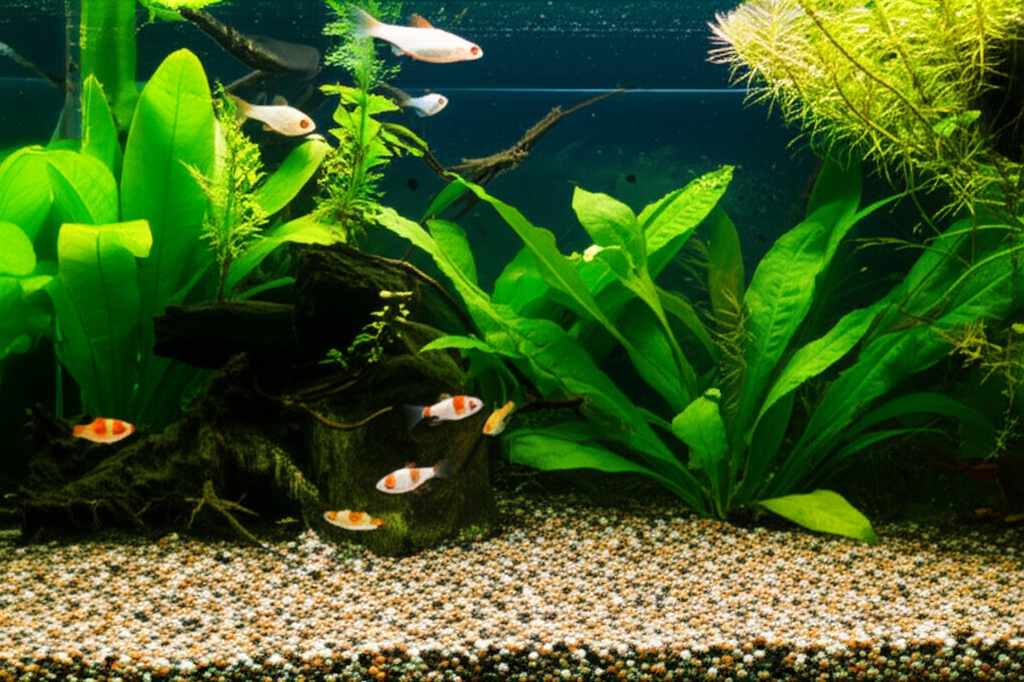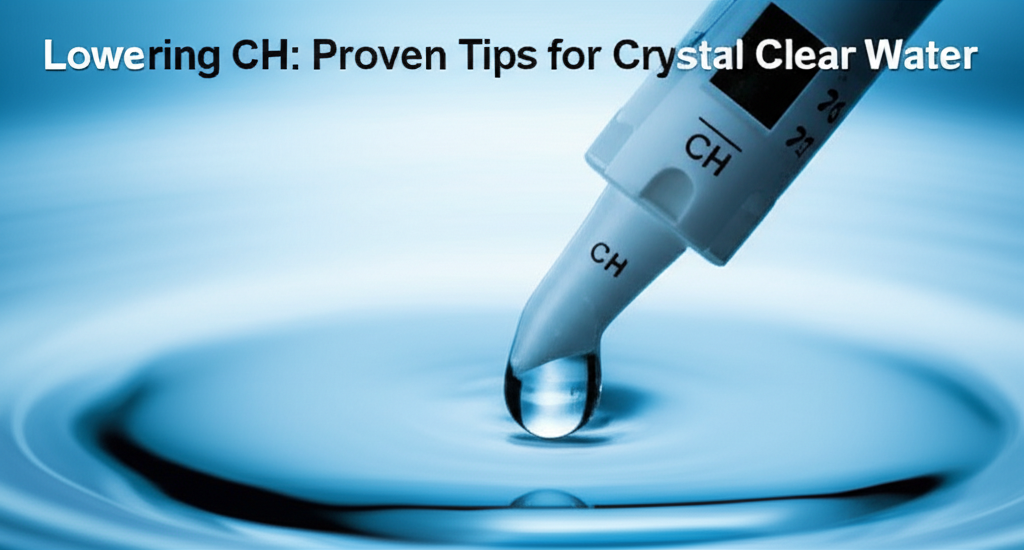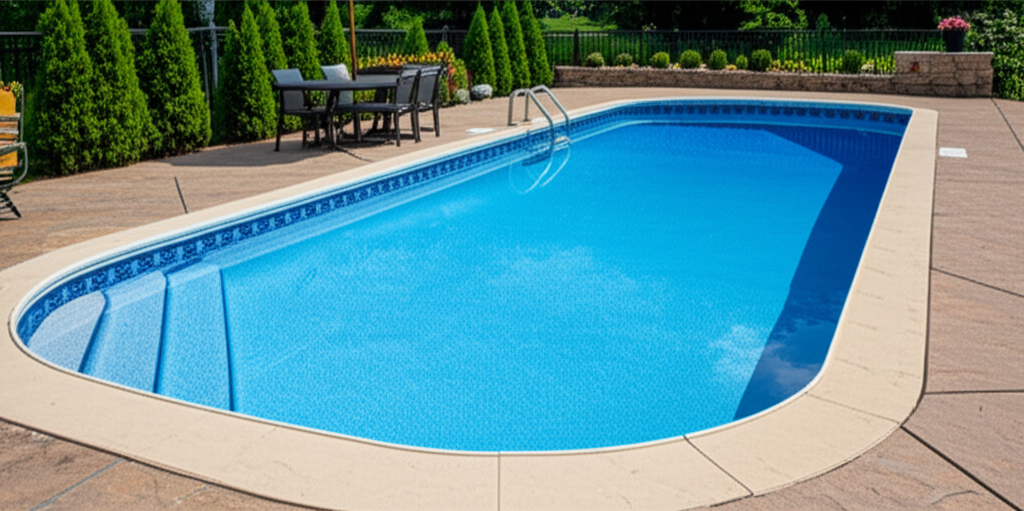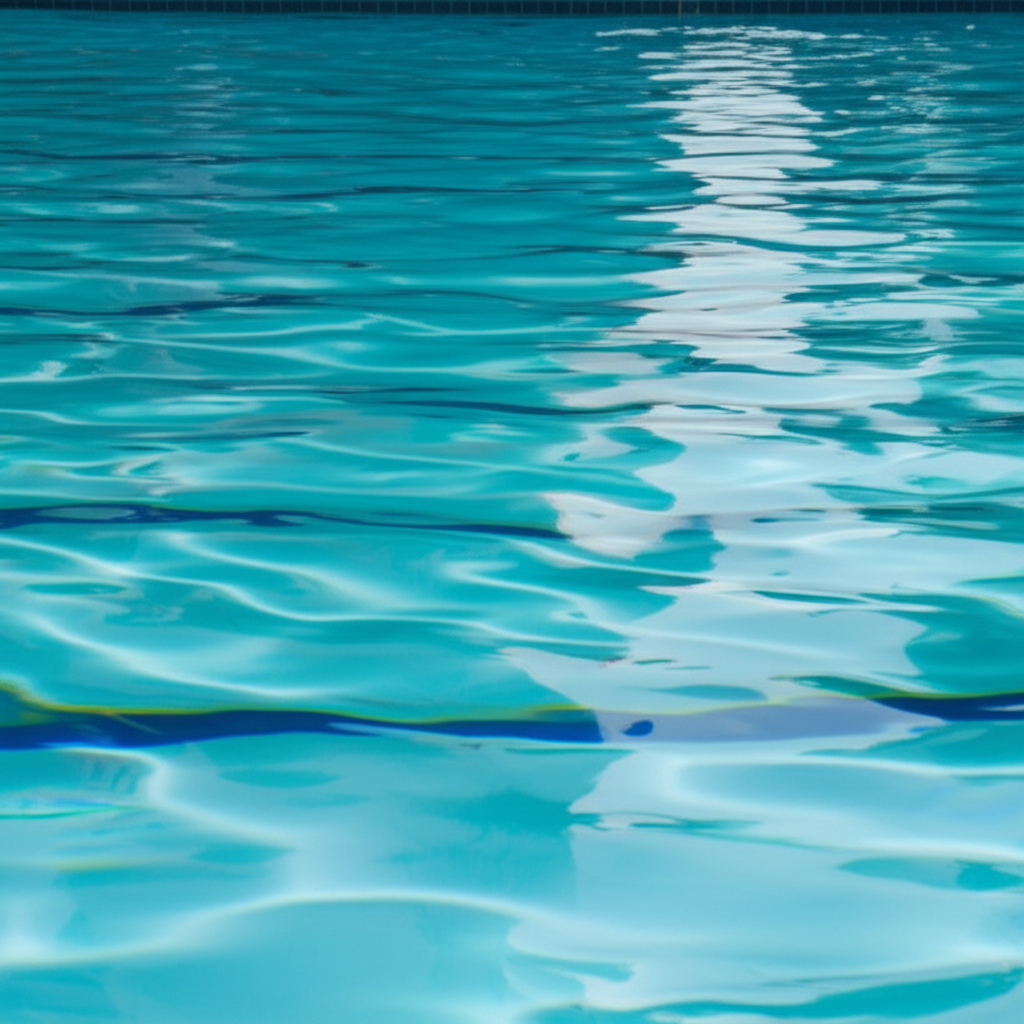- What is Calcium Hardness and Why Does It Matter?
- The Impact of High CH on Water Clarity
- Effective Strategies for Lowering CH
- The Power of Dilution: Partial Water Replacement
- Utilizing Flocculants and Clarifiers
- Employing Chemical CH Reducers
- Ion Exchange Systems for Soft Water
- Preventing High CH from Returning
- The Role of Soft Water in Maintaining Balance
- Conclusion
Lowering CH: Proven Tips for Crystal Clear Water
Lowering CH, or Calcium Hardness, is a fundamental step towards achieving and maintaining crystal clear water in your pool or spa. While often overlooked, CH levels play a critical role in water balance, clarity, and even the longevity of your equipment. Properly managing this parameter ensures your water doesn’t just look inviting, but is also healthy and free from potential problems like scaling or cloudiness. Understanding CH and implementing effective strategies to keep it in check is key for any pool or spa owner seeking that pristine, sparkling finish.
What is Calcium Hardness and Why Does It Matter?
Calcium Hardness refers to the concentration of dissolved calcium and magnesium minerals in your water. While some level of hardness is necessary to prevent corrosiveness (ideally 150-250 parts per million for plaster pools, slightly lower for vinyl pools), excessively high CH can lead to a host of undesirable issues. Water with too much calcium is considered “hard,” and this hardness can significantly impact your water’s appearance and the overall health of your aquatic system.
The Impact of High CH on Water Clarity
One of the most immediate and visible effects of high CH is a noticeable degradation in water clarity. When calcium concentrations become too high, the minerals can fall out of solution, leading to cloudy or milky water. This isn’t just an aesthetic problem; the suspended calcium particles can also make your water feel rough and exacerbate other water chemistry imbalances. Beyond cloudiness, high CH is a primary cause of scaling. This phenomenon occurs when calcium precipitates out of the water and adheres to surfaces, forming rough, white deposits on pool walls, tiles, ladders, and even inside pipes and equipment like filters and heaters. These scales are not only unsightly but can also restrict water flow, reduce heater efficiency, and damage costly components, ultimately costing you more in repairs and maintenance.
Effective Strategies for Lowering CH
Successfully lowering CH involves a few proven methods, each with its own advantages. The best approach often depends on the severity of your CH levels and your specific water source.
The Power of Dilution: Partial Water Replacement
One of the most straightforward and effective ways to reduce high calcium hardness is through partial water replacement. This involves draining a portion of your pool or spa water and refilling it with water that has a lower CH level. If your source water is naturally soft water, or significantly lower in calcium, this method can quickly and effectively bring down your overall CH. For pools, you might drain 25-50% of the water and then refill. For spas, a complete drain and refill is often recommended due to their smaller volume and higher bather load. It’s crucial to test your refill water’s CH beforehand to ensure you’re not just adding more hard water back into your system.
Utilizing Flocculants and Clarifiers
While not directly “lowering” CH in the same way dilution does, certain flocculants and clarifiers can help manage the visual effects of high calcium. Flocculants work by clumping together small suspended particles, including some calcium precipitates, making them heavy enough to sink to the bottom of the pool where they can be vacuumed to waste. Clarifiers, on the other hand, subtly bind microscopic particles, allowing them to be trapped more effectively by your filter. These products can temporarily improve clarity by removing existing suspended calcium, but they don’t solve the underlying problem of high dissolved CH.
Employing Chemical CH Reducers
There are various chemical products specifically designed to reduce calcium hardness. These typically work by sequestering or chelating calcium ions, preventing them from precipitating and forming scale. Some products use acid-based formulations or other chemical reactions to bind the calcium. However, it’s important to note that many of these are often temporary solutions, merely keeping the calcium in solution rather than removing it from the water entirely. Always follow the manufacturer’s instructions carefully when using these products, as over-application can lead to other water balance issues.
Ion Exchange Systems for Soft Water
For a more permanent and systemic solution, especially if your primary water source is extremely hard, consider installing an ion exchange water softener. These systems, commonly used for household water, can also be adapted to treat your pool or spa’s fill water. An ion exchange softener works by replacing calcium and magnesium ions with sodium or potassium ions as water passes through a resin bed. This effectively provides you with soft water for topping off or refilling your pool, preventing high CH from ever entering your system. While a larger upfront investment, it can save significant time and money on chemical treatments and equipment repairs in the long run.
Preventing High CH from Returning
Once you’ve successfully lowered your CH, the next step is to prevent it from creeping back up.
Test Your Fill Water: Routinely test the CH level of the water you use to fill or top off your pool. If it’s consistently high, you’ll need to either treat it before it enters the pool (e.g., with an ion exchange system) or plan for more frequent partial drains.
Monitor Evaporation: As water evaporates from your pool, the calcium remains behind, concentrating the existing hardness. When you top off with fresh water, you’re adding more calcium to an already concentrated solution. This is a common cause of gradually increasing CH levels over time.
* Regular Testing and Maintenance: Consistent water testing for all parameters, including CH, alkalinity, pH, and sanitiser levels, is crucial. Maintaining proper water balance, especially pH and alkalinity, can help keep calcium in solution and prevent scaling even at slightly higher CH levels.
The Role of Soft Water in Maintaining Balance
Ultimately, aiming for the ideal level of calcium hardness – not too high, not too low – is critical for overall water balance. Incorporating soft water management into your routine, whether through careful dilution or dedicated softening systems, offers more than just clear water. It contributes to a more stable chemical environment, reduces the strain on your filtration and heating equipment, and makes your pool or spa more comfortable and enjoyable for swimmers. By consistently managing your CH, you not only ensure crystal clear water but also protect your investment for years to come.
Conclusion
Achieving crystal clear water is a holistic process that goes beyond just sanitiser levels. Managing Calcium Hardness is a vital component of this equation. By understanding what CH is, recognizing the problems it can cause, and implementing proven strategies like partial water replacement, appropriate chemical use, or even investing in an ion exchange system for soft water, you can effectively lower and maintain ideal CH levels. Consistent testing and proactive prevention are your best tools in the ongoing quest for a sparkling, healthy, and inviting aquatic environment.




